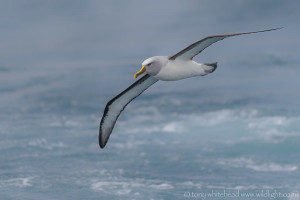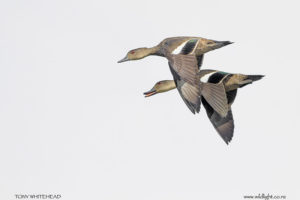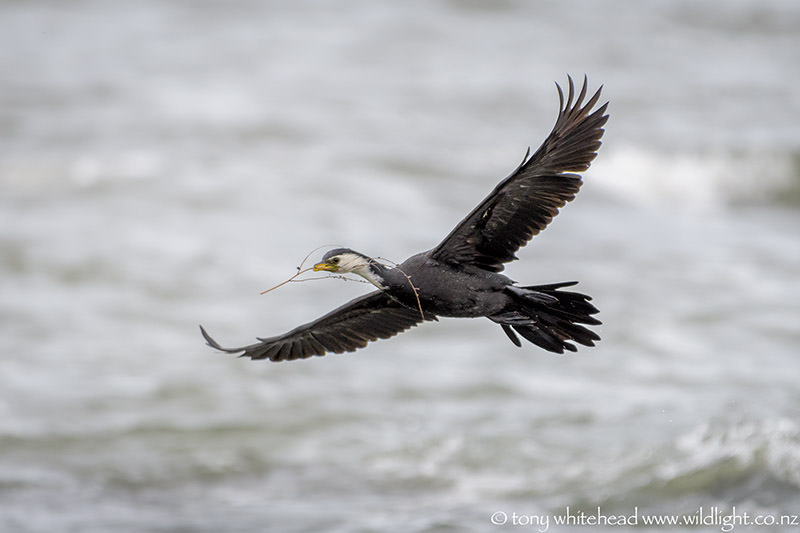
This week Edin was Nikon New Zealand’s inaugural featured photographer in their I Am New Zealand site. One of the benefits of this is that she has access to some trial gear from Nikon. This has enabled us to test the new Nikon 200-500mm f5.6 zoom lens which was announced in August 2015 and came as quite a surprise, especially at the price-point of just over NZ$2000. The Tamron 150-600mm had been very successful in bringing a decent telephoto for bird photography at an affordable price and we reviewed this lens in November 2014. This new Nikon lens is a a little shorter at the long end but is a constant aperture f5.6. Reviews to date have suggested very good image quality and excellent vibration reduction so I have been keen to try one and see how it compares with my Nikon 200-400mm f4 that was my first serious bird lens and my more recent 80-400mm f4.5-5.6 zoom that has been a joy to use on the D500 as a very light and versatile combination.
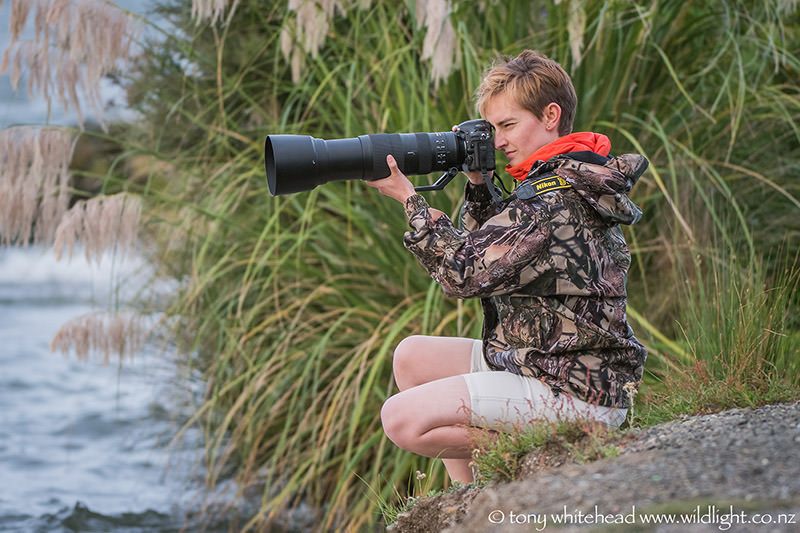
As in all things photographic, there are compromises. Physics gives no free lunches. For me the top priority is image quality as without this there is little point in accepting any other compromise. The copy of the 200-500mm f5.6 that we have been testing is fantastic in this regard delivering impressively sharp images at maximum aperture. It is notably sharper than the 80-400mm and gives little away to the 200-400mm. Out of focus areas are rendered nice and smoothly so image quality leaves nothing to be desired.
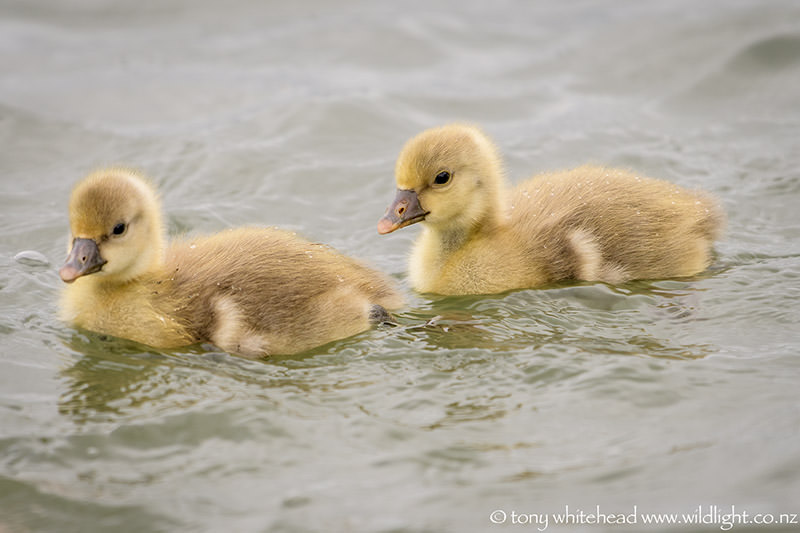
It is still a substantial lens in terms of length when fully zoomed and is practically the same length as the 200-400mm. It weighs in at 2.3kg which is almost a kilogram lighter than the 3.27kg 200-400mm but is still a substantial lens that you are aware of when hand-holding for any period of time. Ergonomics are a bit of a disappointment compared to the 200-400mm and 80-400mm as the zoom ring needs to rotate almost a full half turn (180 degrees) to cover the zoom range compared to approximately a quarter-turn (90 degrees) on the other two Nikon zooms. My usual technique is to support the lens foot on my palm and then use thumb and middle finger to control the zoom. This works with the new lens but it is much more awkward to zoom through the range than on the other 2 lenses. The lens balances well and doesn’t feel front heavy which was an issue with the Tamron when racked out to the longest focal length. Focus acquisition and tracking of birds in flight seemed perfectly adequate on the D500 compared with the other 2 lenses when used in bright conditions. Toward the ends of the day the 200-400mm f4 would do a little better due to the wider aperture gathering twice as much light. A small niggle is the lens hood which seems not to click securely into place. I much prefer the hoods with a button that clicks into place and has to be released to remove the hood. I have visions of this hood being bumped and bouncing off a ship deck into the sea.
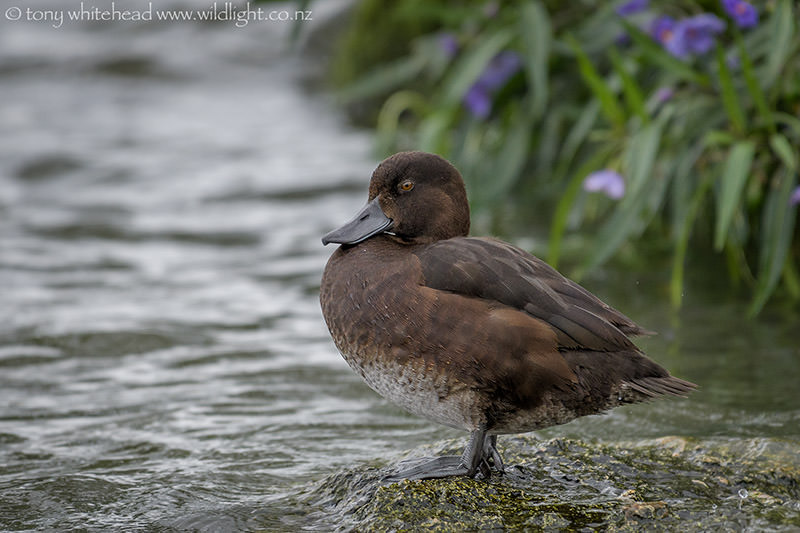
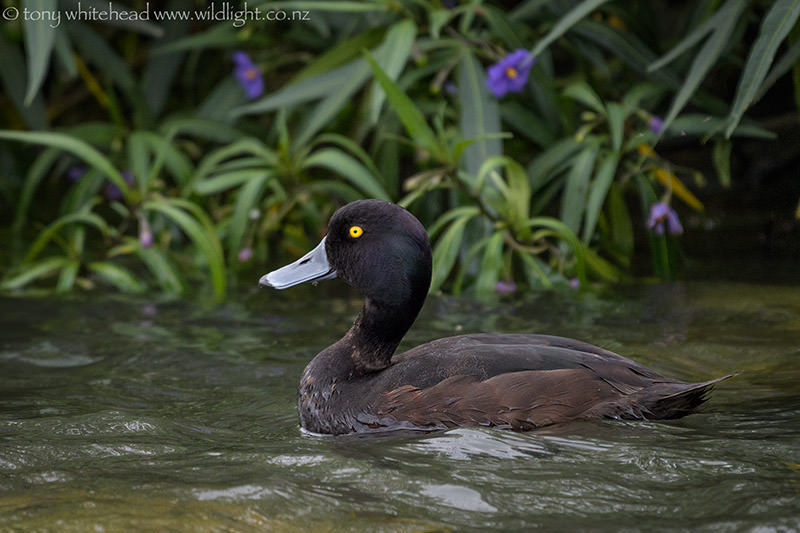
The Nikon 200-500mm f5.6 is a breakthrough lens. To achieve this focal length and image quality in the past would have cost over 4 times the price. The compromise you have to accept is a 1 stop loss of light, no weather sealing, no nano crystal coating and some minor ergonomic niggles. It almost seems hard to justify paying the premium for the top tier 500mm or 600mm f4 telephoto lenses unless you need use teleconverters for even longer reach or need the tougher build and weather sealing for harsh environments. These premium lenses come at a cost equivalent to a fairly decent car while the 200-500mm f4 costs no more than a decent mountain bike. On a DX body like the D500 the angle of view is equivalent to a 750mm lens which is plenty for most bird photography. There has never been a better time to be a bird photographer as this lens along with a body like the D500 makes extremely capable gear far more affordable than it ever has been in the past.
